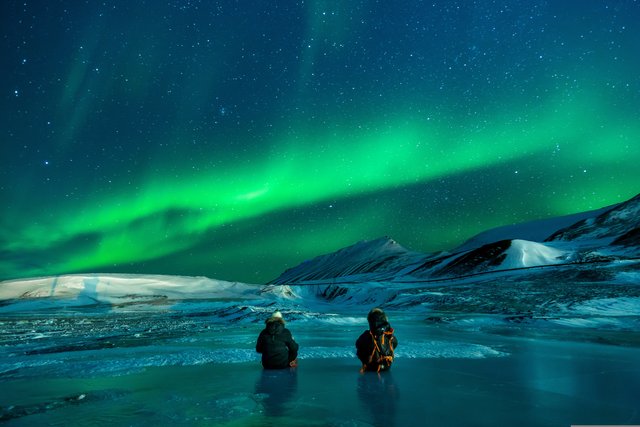
The Northern Lights, also known as the Aurora borealis, are a natural light display that occurs in the Earth's polar regions. They are most commonly seen in the polar regions of the Northern Hemisphere, including countries such as Canada, Norway, Sweden, Finland, and Alaska.

The Northern Lights are caused by the interaction between the Earth's magnetic field and charged particles from the sun. These particles, called solar wind, are attracted to the Earth's magnetic field and are directed towards the polar regions, where they collide with atoms and molecules in the Earth's atmosphere. This collision releases energy in the form of light, which is what we see as the Northern Lights.

The Northern Lights are typically visible at night, and they can appear as a faint glow or as bright, colorful bands of light that move across the sky. The colors of the Northern Lights are usually shades of green, but they can also appear as red, yellow, blue, or purple. The intensity and colors of the Northern Lights can vary based on the activity of the sun and the strength of the Earth's magnetic field.

The Northern Lights are a popular tourist attraction in the polar regions, and many people travel specifically to see them. The best time to see the Northern Lights is during the winter months, when the nights are longest and the skies are darkest. However, the Northern Lights can be seen throughout the year, and with the right conditions, they can be visible even during the day.





